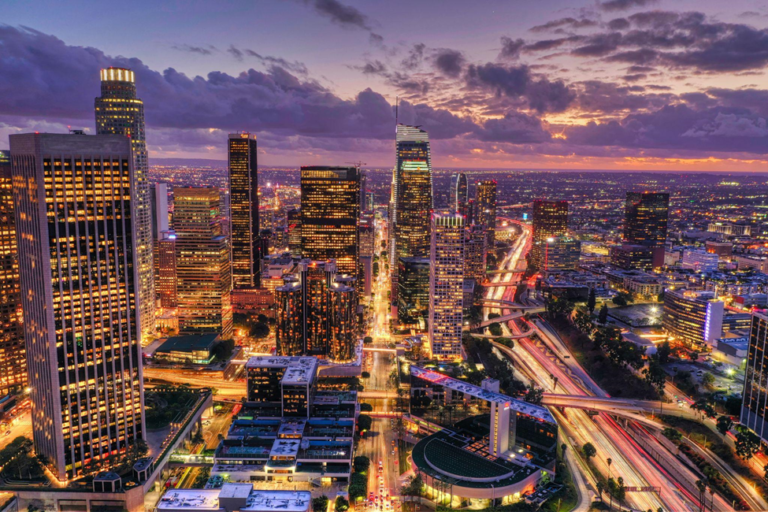The Evolution of Media and Entertainment in the Gulf

The media and entertainment landscape in the Gulf Cooperation Council (GCC) countries — Saudi Arabia, the UAE, Qatar, Bahrain, Oman, and Kuwait — has undergone profound transformation over the years. This shift, from state-controlled to more diversified platforms, has been influenced by both local and global factors such as technological advancements, economic prosperity, and shifting cultural dynamics. The GCC’s oil wealth has played a central role in fueling the growth of media and entertainment sectors, making the region a significant player in the global cultural economy.
Early Stages: Traditional Media and Cultural Influence
In the early stages, media in the Gulf was predominantly controlled by the state. Governments owned and operated the main television and radio stations, as well as the major newspapers. These platforms were primarily used as tools for promoting national identity, religious values, and the ideals of modernization.
- Television and Radio: In the mid-20th century, television became the most important medium of communication in the Gulf. Countries like Saudi Arabia and Kuwait established their first television stations, which were used to air news, educational content, and local entertainment. Radio, too, played a significant role in the dissemination of information.
- Cultural Representation: Programming in these early years was largely focused on reinforcing traditional Gulf values, often showcasing Islamic teachings, national history, and local events. The government regulated the content to ensure it aligned with social and political goals, promoting unity and stability within the region.
- Print Media: Newspapers like Al-Riyadh in Saudi Arabia and Al-Qabas in Kuwait were not only important news sources but also platforms for discussions about politics, religion, and societal issues. These print outlets were crucial in shaping public opinion and national discourse.
The Satellite Television Revolution and Global Influence
The 1990s marked a significant shift with the rise of satellite television, which opened up a wider range of content to Gulf audiences. This period saw the emergence of both regional broadcasters and international networks, significantly changing the media consumption habits in the Gulf.
- Regional Channels: Networks like MBC (Middle East Broadcasting Center), founded in 1991 in Saudi Arabia, and Al Jazeera, launched in 1996 in Qatar, brought in more dynamic and diverse programming, catering to both local and regional tastes. These channels offered a variety of content, from news to entertainment, sports, and drama, allowing for broader access to global content while also preserving local identity.
- Increased Globalization: The introduction of global satellite channels allowed Gulf residents to access international media, from Hollywood movies to Western television shows. The availability of these channels broadened the range of cultural exposure for Gulf citizens, leading to a blending of local and international influences in their entertainment choices.
- Impact on Social Norms: The exposure to Western media, while still maintaining traditional values, has led to some shifts in cultural perceptions. Gulf countries began to adopt new forms of entertainment, such as reality television, sitcoms, and international film genres, blending them with traditional Arab themes.
Digital Revolution and the Rise of Online Media
As the 21st century progressed, the advent of the internet and social media revolutionized the media landscape in the Gulf. With the rise of smartphones, digital platforms, and social media networks, traditional media channels faced competition from online sources of information and entertainment.
- Social Media Influence: Platforms like Twitter, Instagram, and YouTube became increasingly popular, particularly among the youth. Social media influencers and content creators have played a pivotal role in shaping public opinion and trends in the region. These platforms have allowed individuals to produce and distribute content directly to their audiences, bypassing traditional media gatekeepers.
- Streaming Services: The rise of streaming platforms such as Netflix, Shahid, and OSN has allowed Gulf audiences to consume both regional and global content on demand. These services offer a broad array of films, television shows, and documentaries, catering to diverse tastes while still allowing for the preservation of local content.
- Content Creation and Localization: With the rise of digital platforms, local content creation has flourished. Gulf countries have invested heavily in producing region-specific content, from Arabic-language films and series to music videos and short films that reflect local culture and values.
Challenges and Opportunities in Gulf Media and Entertainment
While the media and entertainment sector in the Gulf has grown significantly, there are still challenges that the region faces in terms of innovation, regulation, and content creation.
Challenges
- Censorship and Content Regulation: Many Gulf countries continue to regulate content, which sometimes limits the freedom of expression in media. Although the internet has provided new avenues for content, censorship still applies to films, television shows, and online material.
- Balancing Tradition and Modernity: While the region embraces modern entertainment and media, there is ongoing tension between preserving traditional cultural values and embracing more liberal, Westernized content. This balance is delicate and requires careful management to prevent cultural erosion.
- Sustainability of Local Media: Despite the rise of local content, Gulf media houses continue to face challenges related to the sustainability of their platforms. International streaming services dominate the digital space, and local companies must innovate to stay competitive.
Opportunities
- Investing in Local Talent: With the growing demand for regional content, Gulf countries have the opportunity to invest in local filmmakers, directors, actors, and content creators, establishing a robust creative industry within the region.
- Expanding Digital Platforms: As the region’s internet penetration grows, there is ample opportunity for media companies to capitalize on digital platforms for both entertainment and information. Virtual reality, augmented reality, and gaming offer new frontiers for media innovation.
- Cultural Export: Gulf nations have the potential to become global exporters of culture, much like South Korea’s success with K-Pop and film. By focusing on high-quality, culturally rich content, the region could see an increase in its soft power influence globally.
Conclusion
The media and entertainment sector in the Gulf has evolved dramatically over the last few decades, from state-controlled television and radio to a dynamic, digitally driven industry. With global influences shaping the way people in the region consume content, the Gulf has become a key player on the world stage. However, challenges related to censorship, balancing tradition with modernity, and the sustainability of local content persist. As the region continues to adapt to changing technological landscapes, it holds significant opportunities to shape the future of media and entertainment globally, positioning itself as both a consumer and a creator of content.





